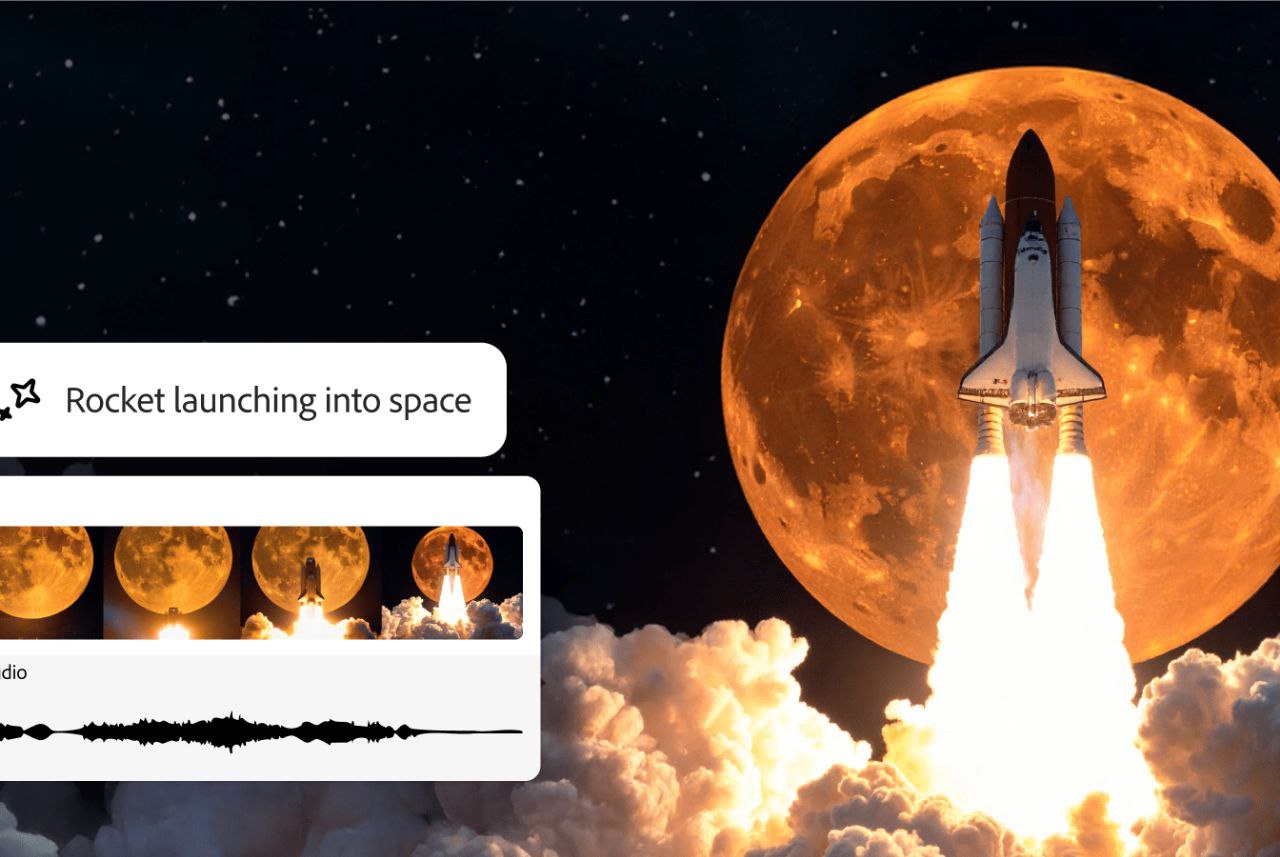
Adobe’s Firefly AI has expanded its capabilities with new sound tools unveiled in July 2025, enabling users to generate original sound effects and compose audio tracks directly within Adobe Creative Cloud apps like Premiere Pro and After Effects. This update allows creators to input simple prompts—such as “rain on window” or “epic synth music”—and receive tailored sounds or music to match their videos, streamlining the creative process. Beyond audio, Firefly enhances video composition by rearranging clips, crafting transitions, or building scenes from text prompts, offering a seamless integration of AI-driven editing. All generated sounds and effects are royalty-free, suitable for both personal and commercial projects, aligning with Adobe’s commercially safe AI framework. While the establishment might praise this as a productivity revolution, the reliance on prompt accuracy and the potential for generic outputs raise questions about its artistic depth—let’s explore this development.
Sound and Video Integration
The sound generation feature leverages Firefly’s AI to produce custom effects or ambient tracks based on descriptive inputs, with a beta demo showcasing realistic outputs like thunderclaps or footsteps when guided by text or voice cues. It integrates into the timeline editor, allowing precise placement and layering, a step beyond competitors like Google’s Veo 3, which lacks native audio control. The video tools extend this with features like Composition Reference and Keyframe Cropping, enabling users to refine scenes or extend clips with AI-generated frames. The establishment frames this as a time-saver, cutting post-production hours, but the effectiveness hinges on prompt specificity—vague inputs might yield inconsistent results, and the lack of advanced audio editing tools could limit professional polish.
Implications and Accessibility
This could empower creators by reducing reliance on external sound libraries, offering royalty-free assets that save costs and legal headaches. The integration across Creative Cloud apps suggests a push to centralize AI workflows, potentially outpacing rivals like Runway with its broader toolset. However, the focus on simplicity might underwhelm pros needing nuanced control, and the beta status indicates ongoing refinement—early feedback suggests decent but not flawless audio fidelity. The establishment’s narrative of universal accessibility overlooks this, as the feature’s value depends on user skill with prompts and familiarity with Adobe’s ecosystem.
Caution and Creativity
This is a promising addition for video editors, but its success relies on practical testing. If you’re eager to try, start with straightforward prompts like “gentle waves” or “space laser”—layer them in a short clip to test timing and quality. Expect some trial and error, as the AI’s interpretation can vary, and wait for public feedback as the beta evolves. The royalty-free perk is a standout, but don’t assume it replaces a full sound design suite yet. What sound would you generate first? The possibilities are open—let your creativity guide you!
Comments
Comments are powered by Facebook. By using this feature, you agree to Facebook's Cookie Policy and Privacy Policy.